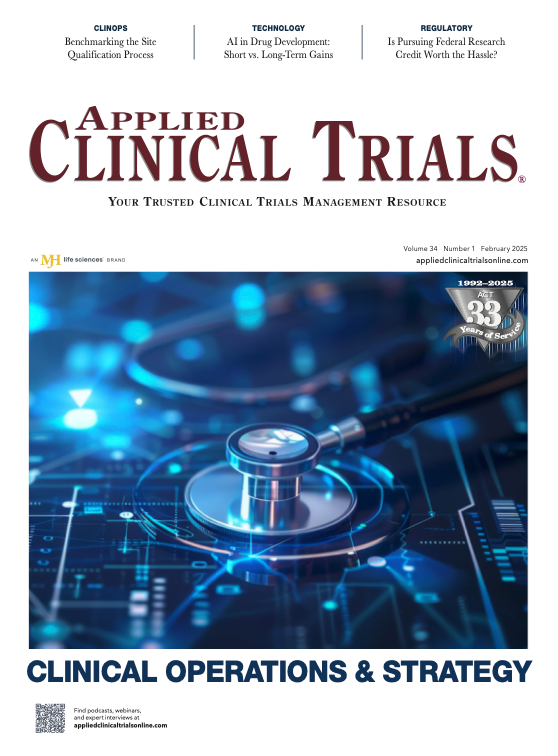Central Monitoring is Uncovering Emerging Quality Risks in Clinical Trials
The long-held practice is effective in pinpointing the emergence of known and unknown risks to clinical development, study shows.

Central monitoring, a practice recommended by the FDA over 11 years ago, has become a cornerstone of clinical trial oversight. Its two main features are key risk indicators (KRIs) and statistical data monitoring (SDM). KRIs focus on predefined risks, typically at the site level, enabling targeted monitoring. SDM involves unsupervised analysis of all data collected during the trial, uncovering patterns and anomalies at patient, site, and country levels; these may have gone unnoticed.
Together, these tools enhance the ability to identify and mitigate risks, ensuring data quality and trial integrity.
In this article, we analyzed the risk signals investigated and confirmed as issues by study teams across 861 studies and 67 organizations, comprising various phases and therapeutic areas.
Our analysis reveals that two-thirds of the risk signals (67%) generated from KRIs are investigated by study teams, compared to one-half of the signals (52%) generated via SDM. This difference is expected, as KRIs are targeted for known risks and SDM identifies unexpected risks that require critical evaluation from the study team. Among the signals investigated by study teams, almost one risk signal out of two is ultimately considered as an issue by the study teams, regardless of whether the signals originate from KRI analyses (47%) or SDM (41%).
The proportion of signals reported as issues may be underestimated for two key reasons. First, the risk is mitigated by informal means without raising an issue; for example, a site with signal for under-reporting adverse events (AEs) does not have an issue raised, but the site increases AE reporting post-awareness. Second, incorrect evaluation by the study team leads to the risk being dismissed as a non-issue; for example, a signal indicating low variability in systolic blood pressure is dismissed because individual values are within normal range or a signal indicating low body temperature are ignored because of a seemingly possible but nonscientific reason, such as cold weather.
In conclusion, central monitoring is a powerful means to identify emergence of known and unknown risks to clinical development. To take advantage, study teams must be armed with the right training and processes for signal investigation and follow-up.
Sylviane de Viron is Data and Knowledge Manager; and Sas Maheswaran is Vice President, Strategic Consulting; both with CluePoints

Unifying Industry to Better Understand GCP Guidance
May 7th 2025In this episode of the Applied Clinical Trials Podcast, David Nickerson, head of clinical quality management at EMD Serono; and Arlene Lee, director of product management, data quality & risk management solutions at Medidata, discuss the newest ICH E6(R3) GCP guidelines as well as how TransCelerate and ACRO have partnered to help stakeholders better acclimate to these guidelines.